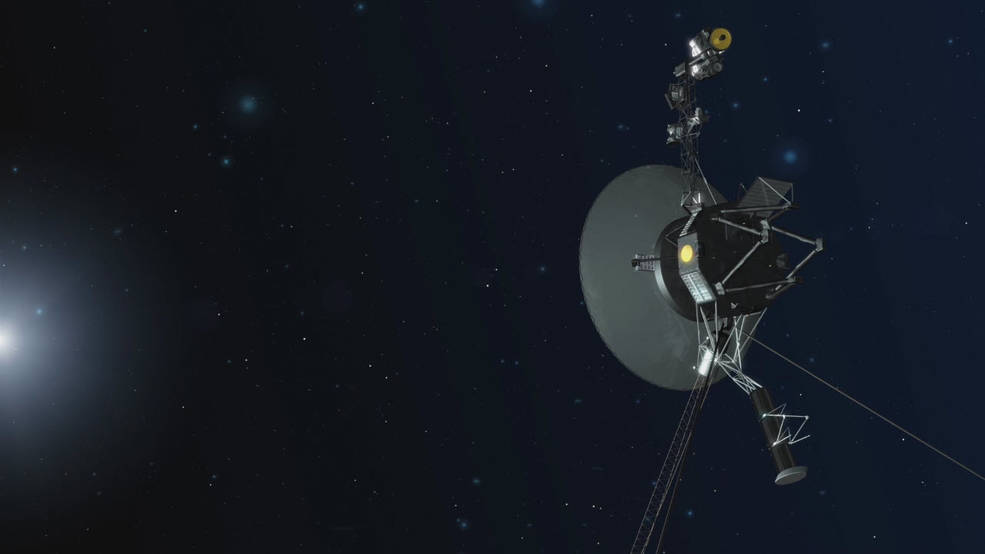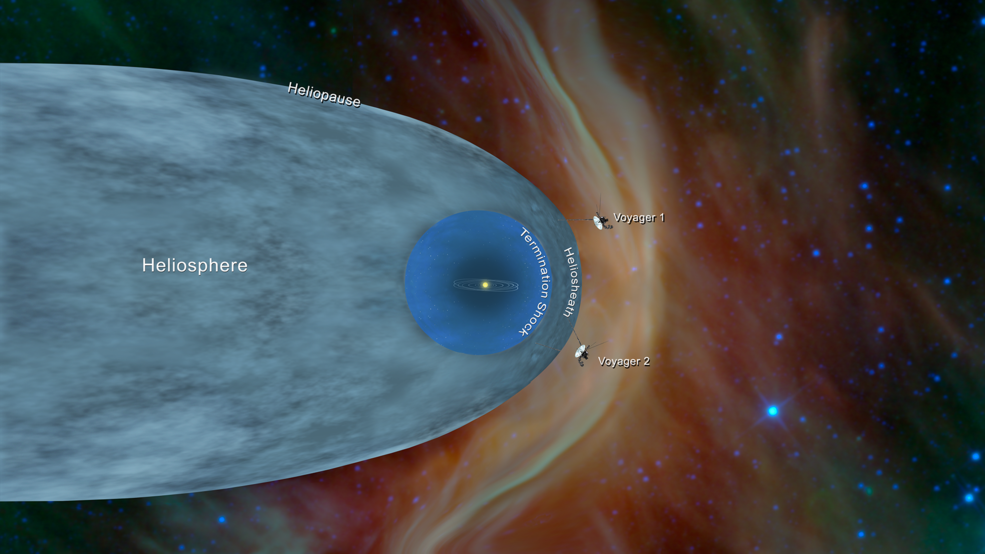Pie eyed
Premium Platinum
- Jun 26, 2007
- 42,592
- 23,341
- AFL Club
- Collingwood

- Other Teams
- Magpies
Just watched the two episode doco. Available on ABC Iview.
One of mans greatest achievements.
At the end of the "Grand Tour" the mission was darkened by the Challenger disaster and the program featured a snippet of Ronald Reagan's response to the disaster.
His words bring into stark contrast how far backwards the US's and in many ways our Leaders deteriorated since the oft maligned "B" Grade actor was the leader of the free world.
No matter his politics he could actually speak like a leader.
So long since this country had a real leader who could speak.
Keating the last I think.
One of mans greatest achievements.
At the end of the "Grand Tour" the mission was darkened by the Challenger disaster and the program featured a snippet of Ronald Reagan's response to the disaster.
His words bring into stark contrast how far backwards the US's and in many ways our Leaders deteriorated since the oft maligned "B" Grade actor was the leader of the free world.
No matter his politics he could actually speak like a leader.
So long since this country had a real leader who could speak.
Keating the last I think.






